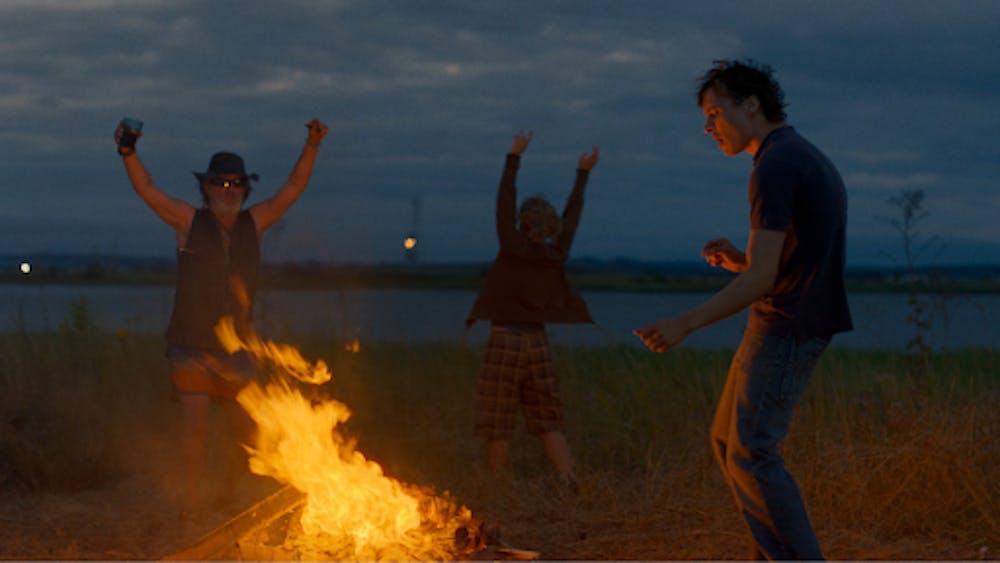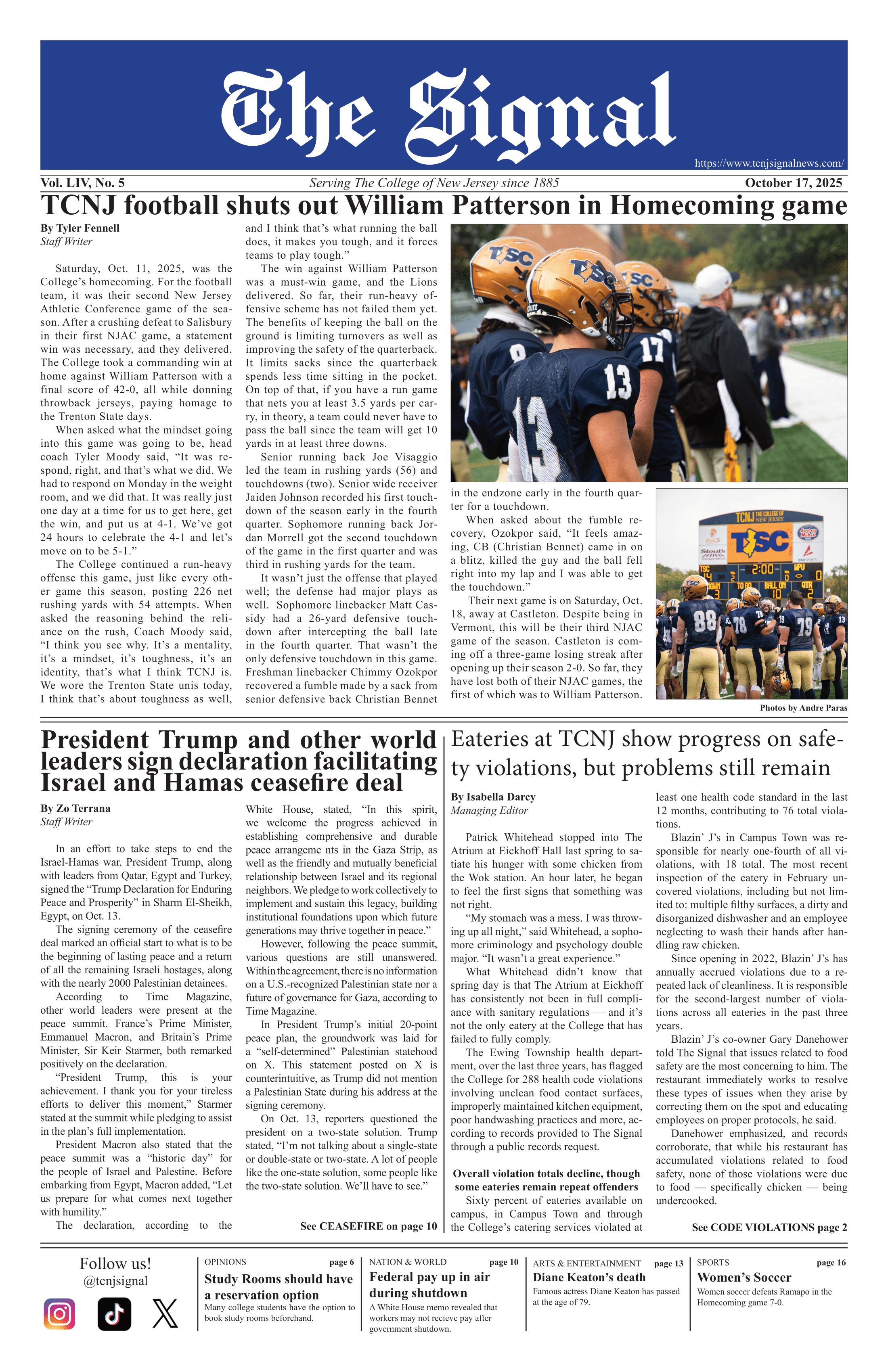By Molly Tursi
Staff Writer
London, conceptualized in depictions of the city spanning from Charles Dickens to Danny Boyle, is rife with vivacity, unique personages and a defining history. Intrinsic to that comes the insurmountable presence of poverty, addiction and violence that devastates the city’s core, a harsh reality imitated in actor-director Harris Dickinson directorial debut, “Urchin.”
Emerging into Hollywood with the 2022 Palme d’Or winner “The Triangle of Sadness,” Dickinson has established himself as an actor through dramas such as “The Iron Claw” and most recently starring alongside Nicole Kidman in the provocative “Babygirl.”
Behind the stage lights and rolling cameras, it was little known that Dickinson had been refining his own screenplay, with plans to develop it into a film the following year.
Reversing his role to behind the camera, Dickinson took a year long hiatus from acting to begin production on his film “Urchin” in May 2024. The film encapsulates a candid snapshot of London and delves into an intimate character study of a man suffering a common defect of the city.
“Urchin” tells the saddening story of a young addict named Mike living on the streets of London. Reticent to recover from his past addictions, he becomes ensnared in the consequences of his own habits. After committing a senseless crime, Mike is forced to reconfigure his life into sobriety. Weaving in and out of the backdrop of London, he struggles amongst a life of reform and the requirements of recovery.
Dickinson sought inspiration to make a film of such subject matter within the perimeter of his life living in London. “I've had people close to me struggle with quite cyclical behaviour and I became interested in the psychology of that, and it made me want to tell a focused character study with someone at the center dealing with that,” Dickinson explained to Variety. “I wanted to tackle it in a nuanced way and bring humanity to that journey.”
As a debut, “Urchin” exhibits promise for Dickinson in his career as a writer and director; however, its contents fall short. With meager character development, background depth and a propelling storyline, the quality of “Urchin” is sabotaged by its half-baked elements.
Played by Frank Dillane, Mike defies the importance of character as a frustratingly dull lead. Owing to his guarded character construction, audiences are left to infer much of his story. In opposition to this expectation, there is a severe lack of depth offered to audiences surrounding Mike. Hence, his story remains flimsy throughout the entirety of the film and neglects to solidify itself, even when given opportune chances.
Attempting to metaphorize the state of Mike’s psyche, Dickinson employs the use of illusory symbols throughout the film. While this could work in complement to the absence of character depth, the interstitial usage is trite and utterly perplexing. Intended to offer a profound revelation of its subject, it conversely manifests as a vapid plot device.
Cheapened by the film’s fragmented structure, there is a litany of ideas that are thrown to the wayside and never expounded on. The action of “Urchin” is too transient to build on its founding theme, leading the deeper mechanisms of the film to become stagnant.
While verified in his craft as an actor, Dickinson has yet to develop his production skills. As a first foray into the art of filmmaking, “Urchin” signifies the promise and ambition needed to excel as a filmmaker.
Reigniting his acting career, Dickinson will step forth in front of the camera to play John Lennon in the upcoming Beatles biopics set for release in 2028. In the meantime, he plans to write and direct another feature film, hopefully taking a long stride from "Urchin."







